Lesson summary
Students will participate in a series of mini challenges that help them develop an understanding of polysemic words and how a word’s meaning can change depending on the context. Using the 4Cs (content, contact, conduct, and compulsion), students will explore how the meaning of each of these words changes when applied to offline and online interactions and compare and contrast the two using real-life scenarios.
Learning intentions
Students will:
- explore how context changes a word's meaning.
Success criteria
Students can:
- demonstrate how context impacts a word’s meaning
- explain contact, conduct, compulsion and content in an online context.
Lesson guides and printables
Curriculum links
Select your curriculum from the options below.
Lesson details
Skills
This lesson is designed to build students’ competencies in the following skills:
- critical thinking
- collaboration
- communication
- community engagement
- digital literacy
- ethical understanding
- global citizenship
Curriculum Mapping
Australian Curriculum (v9.0) content description:
Year 3 English
Students learn to:
- extend topic-specific and technical vocabulary and know that words can have different meanings in different contexts (AC9E3LA10).
Year 4 English
Students learn to:
- expand vocabulary by exploring a range of synonyms and antonyms, and using words encountered in a range of sources (AC9E4LA11).
Year 3 & 4 HPE
Students learn to:
- describe and apply protective behaviours and help-seeking strategies in a range of online and offline situations (AC9HP4P08).
Relevant parts of Year 3 & 4 achievement standards: Students explain how texts reflect contexts. They use topic-specific vocabulary and literary devices. Students describe and apply protective behaviours and help-seeking strategies to keep themselves and others safe online and offline.
General capabilities: Digital Literacy, Personal and Social Capability
Cross-curriculum priority: Sustainability
Level of teacher scaffolding: Medium: facilitation of discussion and mini challenges.
UN Sustainable Development Goals
- Target 4.7: By 2030, ensure that all learners acquire the knowledge and skills needed to promote sustainable development, including, among others, through education for sustainable development and sustainable lifestyles, human rights, gender equality, promotion of a culture of peace and non-violence, global citizenship and appreciation of cultural diversity and of culture’s contribution to sustainable development.
Resources Required
- Device to display presentation to the class
- Activity sheet - Puzzle pieces (1 per group)
- Extension template
- Paper, pens or mini whiteboards
- Visual Explainer - The 4 C’s in Context
Additional Info
The Alannah & Madeline Foundation is a national not-for-profit organisation dedicated to keeping children and young people free from violence and trauma wherever they live, learn and play. The eSmart: Digital Licence program is a comprehensive suite of educator-led lessons for learners aged 4-12 years. Co-designed with learners, educators and experts, the program is tailored to Australian children's online experiences, ensuring a proactive, age-appropriate, and rights-based curriculum that equips learners to navigate the digital world safely, responsibly, and ethically. The program is adaptable to a range of education settings and offers all the resources needed to build essential digital and media literacy skills. These lessons are designed to assist teachers by introducing the 4Cs of online safety risk areas: content, contact, compulsion, and conduct, to prepare students for earning their Digital Licence. Please contact us for any further eSmart support at esmart@amf.org.au.
Related Professional Learning
Protecting Yourself Online: A Guide for Educators
Quick summary: This course covers practical steps to safeguard your privacy and manage your online presence effectively. You’ll explore key risks in the online environment, how to protect your privacy, and what students are engaging with online.
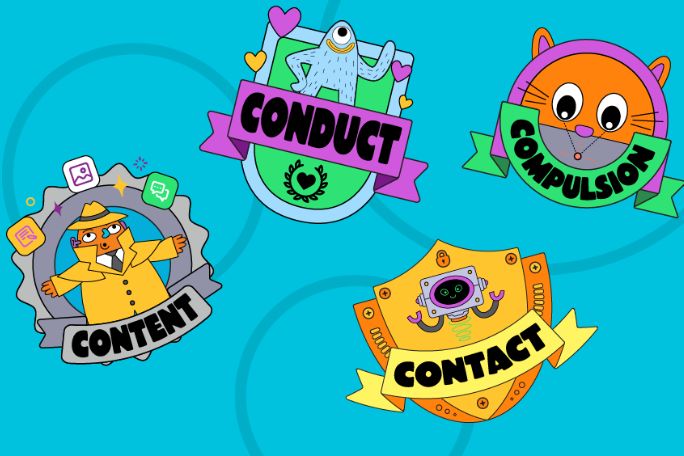
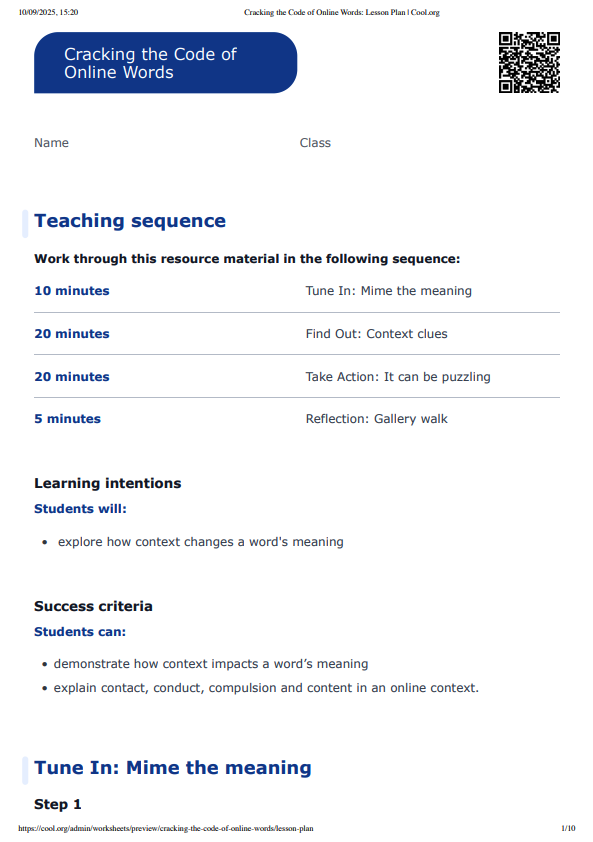
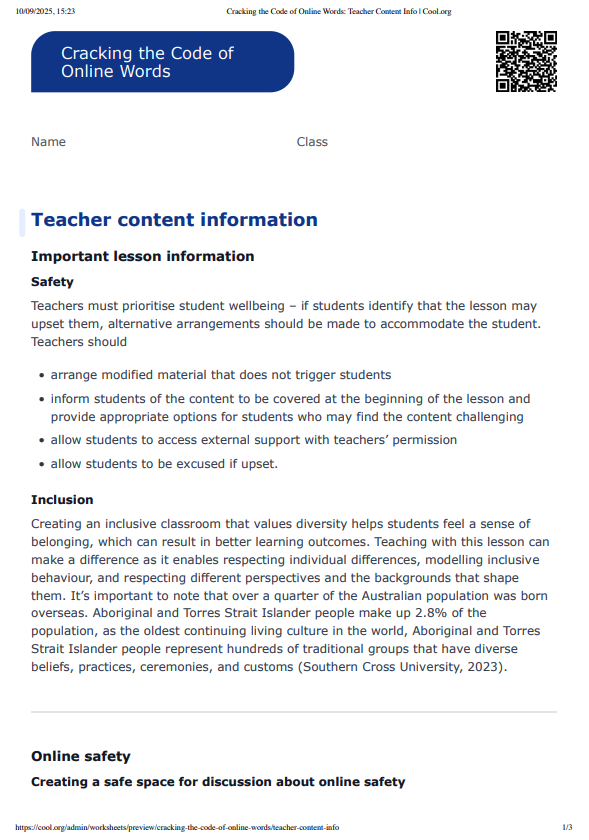
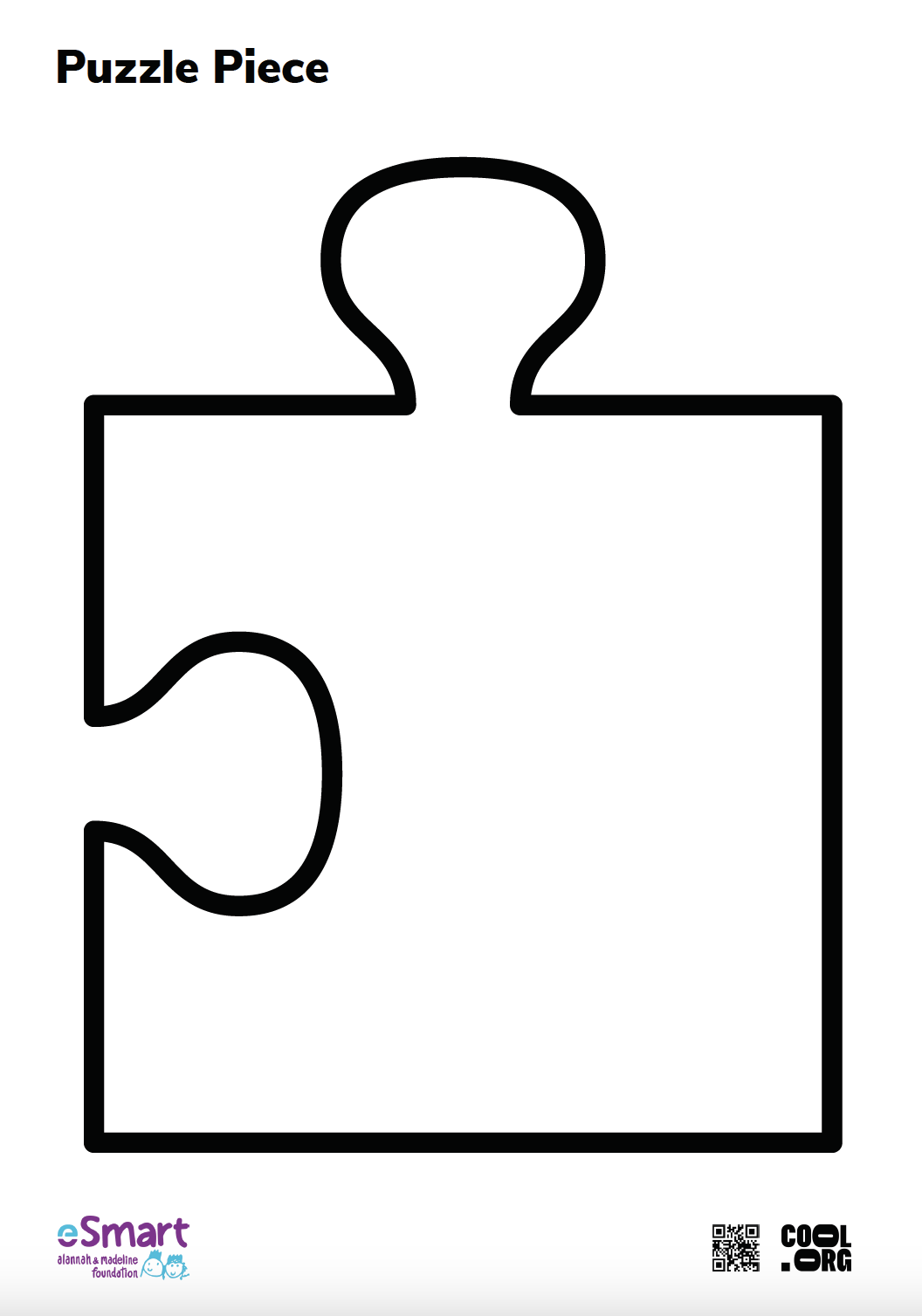
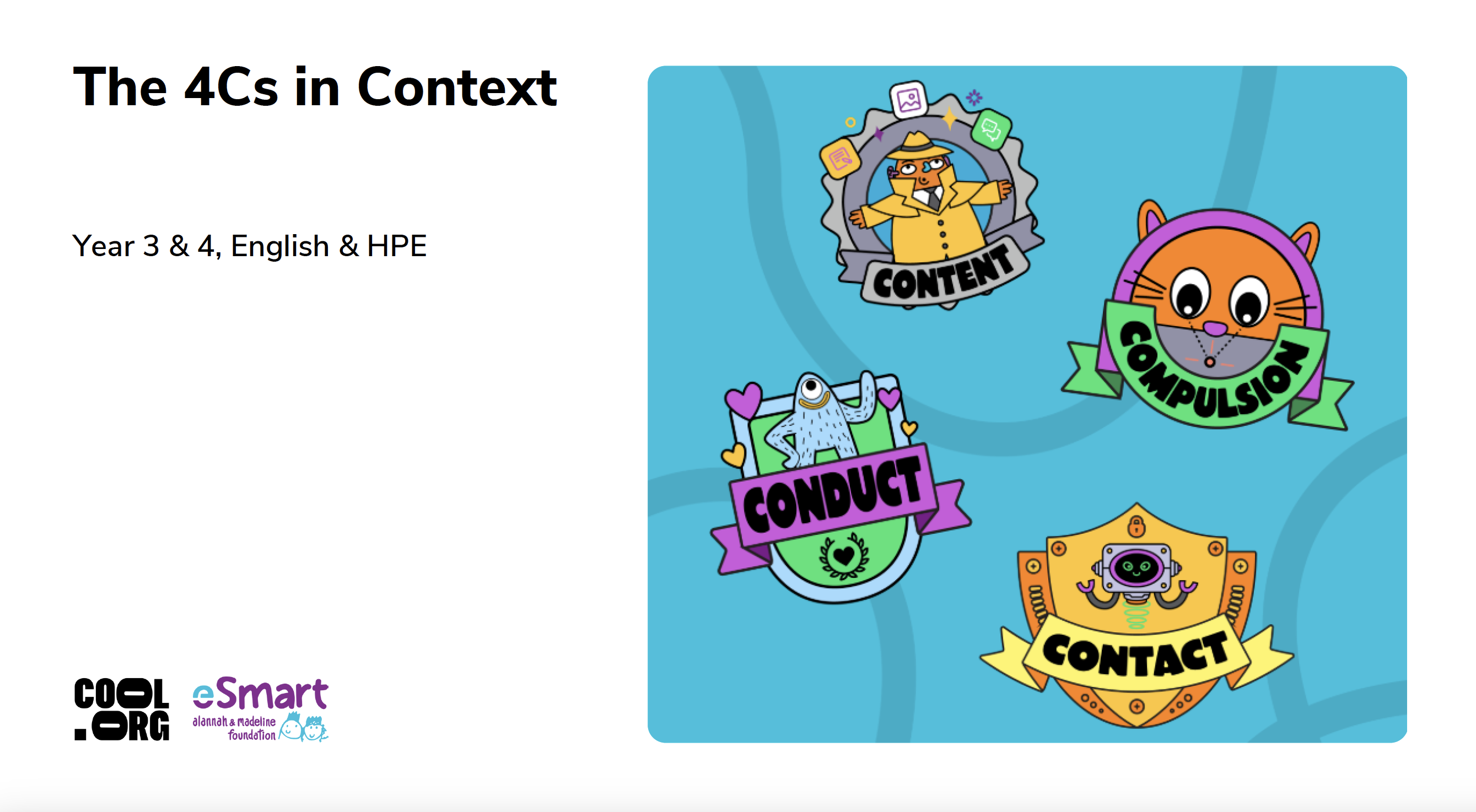
Welcome back!
Don't have an account yet?
Log in with:
Create your free Cool.org account.
Many of our resources are free, with an option to upgrade to Cool+ for premium content.
Already have an account?
Sign up with:
By signing up you accept Cool.org's Terms and Conditions(Opens in new tab) and Privacy Policy(Opens in new tab).